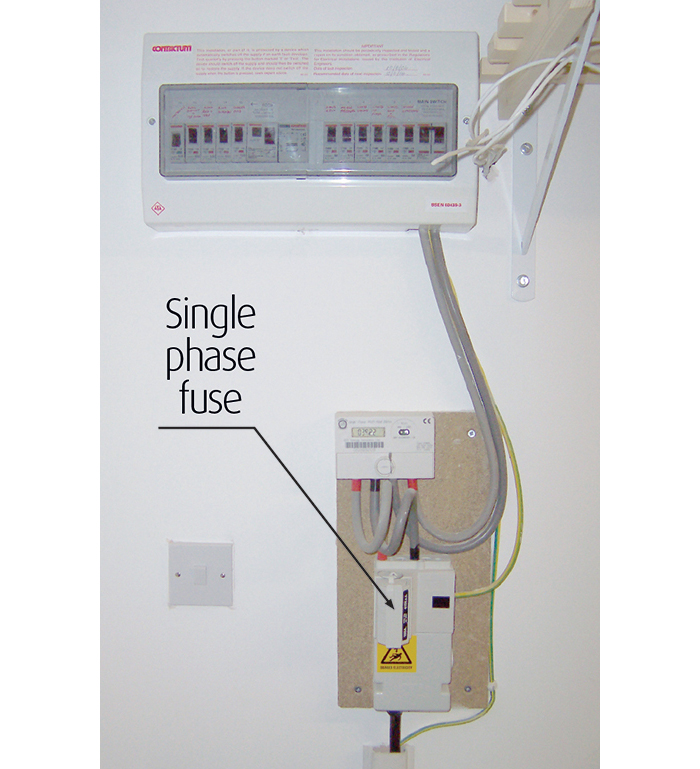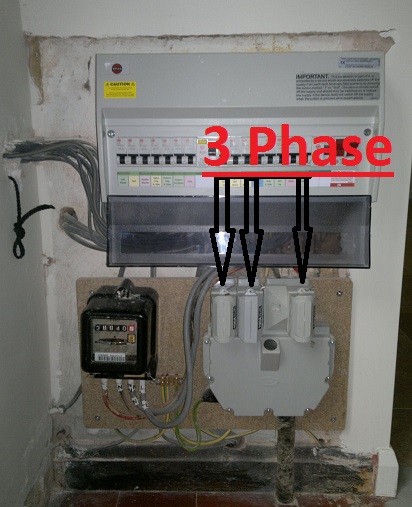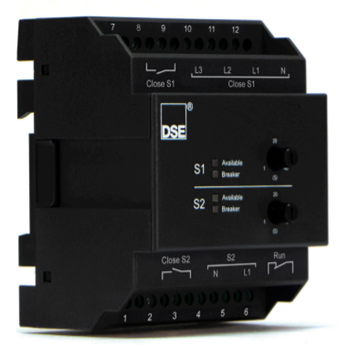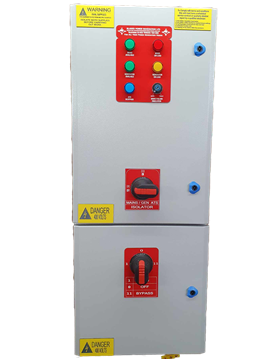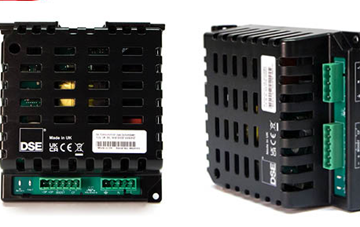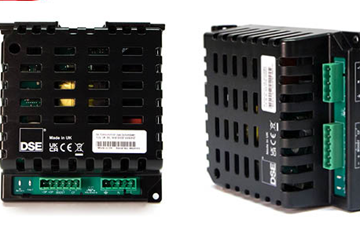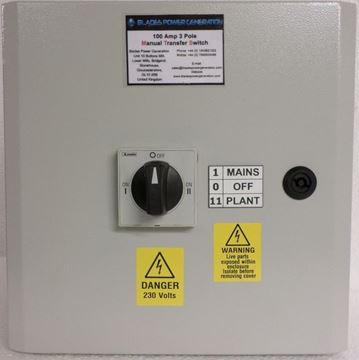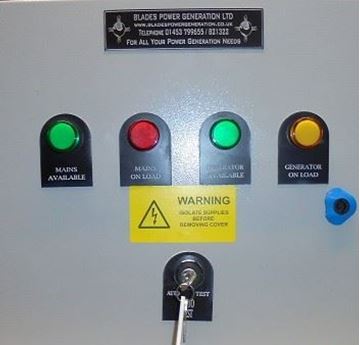If you have a standby generator for your home or business, then you are one step ahead of many of the population. There is an increased risk of power outages due to climate change and the rise in global power usage, so having a generator that can jump in and continue to provide the power that you need makes a lot of sense.
You won’t have to worry about not being able to use the TV, the water going cold, and all the food in the freezer defrosting. If the power goes down, as long as you have the right sort of generator, you can last for days. It is like having an insurance policy. If you are going to buy a generator, it is important to get one that is the right size for your needs, and for this you need to calculate the wattage required or get an electrician to do it for you.
Whatever type and size of generator you buy, it is a legal requirement that you have a transfer switch. This can be either a manual transfer switch or an automatic transfer switch. A manual transfer switch is less expensive but does have disadvantages. As the name suggests, you have to switch over to the generator by hand and then go and start the generator. Not a lot of fun if Storm Fred is blowing a hooley and you’ve got to go outside to do that.
Goodbye To All The Food In The Freezer
Furthermore, if you have things that you need to keep powered and you happen to be away from home for three days, then there is nobody on hand to transfer and start the generator. So, you can say goodbye to all that food in the freezer, and to your tropical fish if you have them. Equally, you have to shut down the generator and switch back to the mains when the power comes back up.
Now, an automatic transfer switch does all this for you. It detects when the mains power goes down, starts the generator, and when that is up and running at full power switches over to the generator. This all happens in a matter of seconds. Equally, when the mains power is restored, the automatic transfer switch will close down the generator and switch back to the mains.
So, it really is a matter of choice, but despite the extra expense, an automatic switch is by far and away the best idea.













